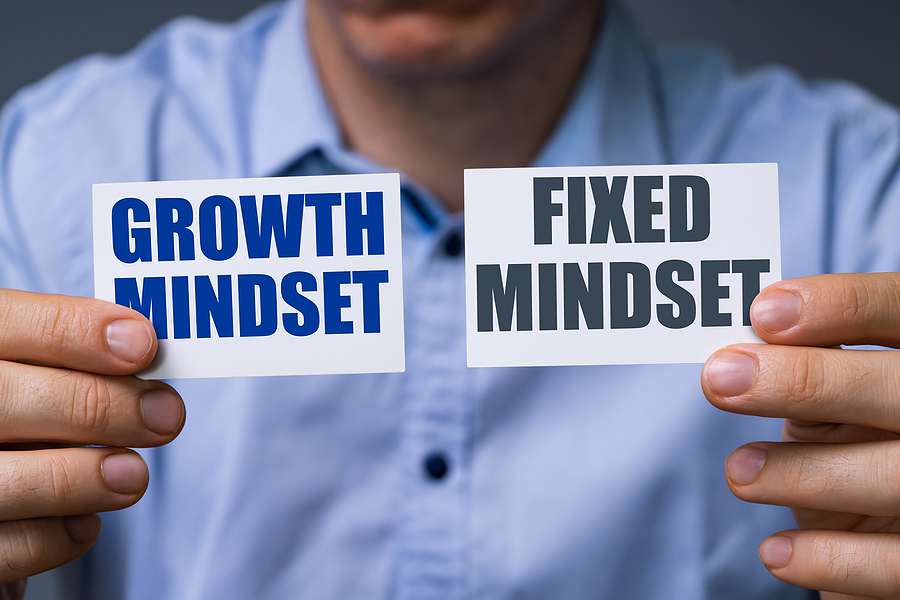Perhaps you’ve heard the phrase “Work smarter, not harder.” One way to do that is to learn how to use more of your brain. If you’re a project manager, you can employ cultural neuroscience to improve your management skills. Sound complicated? Don’t worry; the concept of cultural neuroscience can be used to simplify the problem-solving process.
Project Management
Project management involves leading a team of individuals to complete a particular project within a specified amount of time. Regardless of the type of project, there are specific skills every project manager must possess to complete their tasks successfully. Those include good time management skills, relationship management skills, and organizational awareness. Additionally, project managers must understand how their team members’ thoughts, emotions, and behaviors impact their productivity. Employing the concepts of cultural neuroscience helps project managers improve their project management skills.
Communication
Project managers must be able to communicate the scope and nature of the project effectively to those involved. Team members need clear direction concerning their roles and responsibilities. Stakeholders should receive status updates. As a project manager, controlling your emotions is essential. That doesn’t mean suppressing your feelings entirely. However, you should be aware that what you’re feeling affects your communication and how others react.
Time Management
Aside from handling scheduling, project managers need to keep meetings on track and manage their own time. When project managers become stressed, it affects their ability to make rational decisions. They can reduce stress by reprioritizing assignments and eliminating unnecessary tasks from their calendars.
Problem Solving
According to Harvard researchers, adult brains can still regenerate cells and make new connections. That means we are capable of change. This ability to change has allowed us to modify our brain’s biological makeup and how it functions to survive and operate effectively in society. It also means we can develop the necessary skills to handle increasingly complex and challenging problems and decisions.
Organizational Awareness
Because competing projects may require the same people and resources, project managers should become familiar with other projects occurring at the same time within their organization. People from different backgrounds respond differently to stress related to change based on their experiences. Project managers can use their awareness of these differences to proactively address potential concerns created by projects before they manifest in the form of an adverse cultural reaction.
Diplomacy
Cultural neuroscience exposes how culture influences empathy. People seem to be better at correctly identifying the emotions of members of their groups versus other groups. Individuals of different cultures recognize others’ feelings and infer others’ intentions. There is always the potential for personality clashes among team members. As a project manager, you should be prepared to negotiate the unexpected.
What Is Cultural Neuroscience?
Cultural neuroscience is an emerging component of leadership development of global project managers. Coined by researchers in 2007, the term cultural neuroscience refers to the growing body of research in cognitive and social neuroscience. Studies have demonstrated the degree to which culture influences how our brains process information. Behavioral project management involves integrating behavioral sciences and neuroscience with project management.
In discussing cultural neuroscience with PMtips, Carole Osterweil, an executive and project leadership coach and author, explains what she feels is essential for every project manager to know. First, they must understand that the primary goal of the human brain is to ensure survival. Anything that threatens that survival, whether physical or social, will trigger a fight or flight response. Understanding how the brain functions help us learn to manage our emotions. Project managers who can manage their feelings can better understand others’ motives and address factors that could affect others’ feelings.
Too many projects fail because project managers focus solely on the project’s technical aspect and don’t consider its cultural impact on the people and their environment. Behind every project are individuals making decisions motivated by behaviors and attitudes based on their cultural differences. As cultural neuroscience shows, project managers can develop the skills needed to mediate conflict and mend divides created by cultural differences.
Organizations must understand that today’s marketplace leaders can no longer concentrate their efforts on one geographical area. Competition is forcing companies to expand globally if they wish to remain relevant in today’s marketplace. Along with this global expansion comes a diversified marketplace involving people with varying viewpoints.
Project managers must possess people skills to lead initiatives properly. It’s essential to understand a project’s human and social implications and respect the people affected if you’re searching for new ways to improve your project management skills, reach out to the Leonard Productivity Intelligence Institute and check out Workplace Jazz: HOW TO IMPROVISE – 9 Steps to Creating High-Performing Agile Project Teams.











